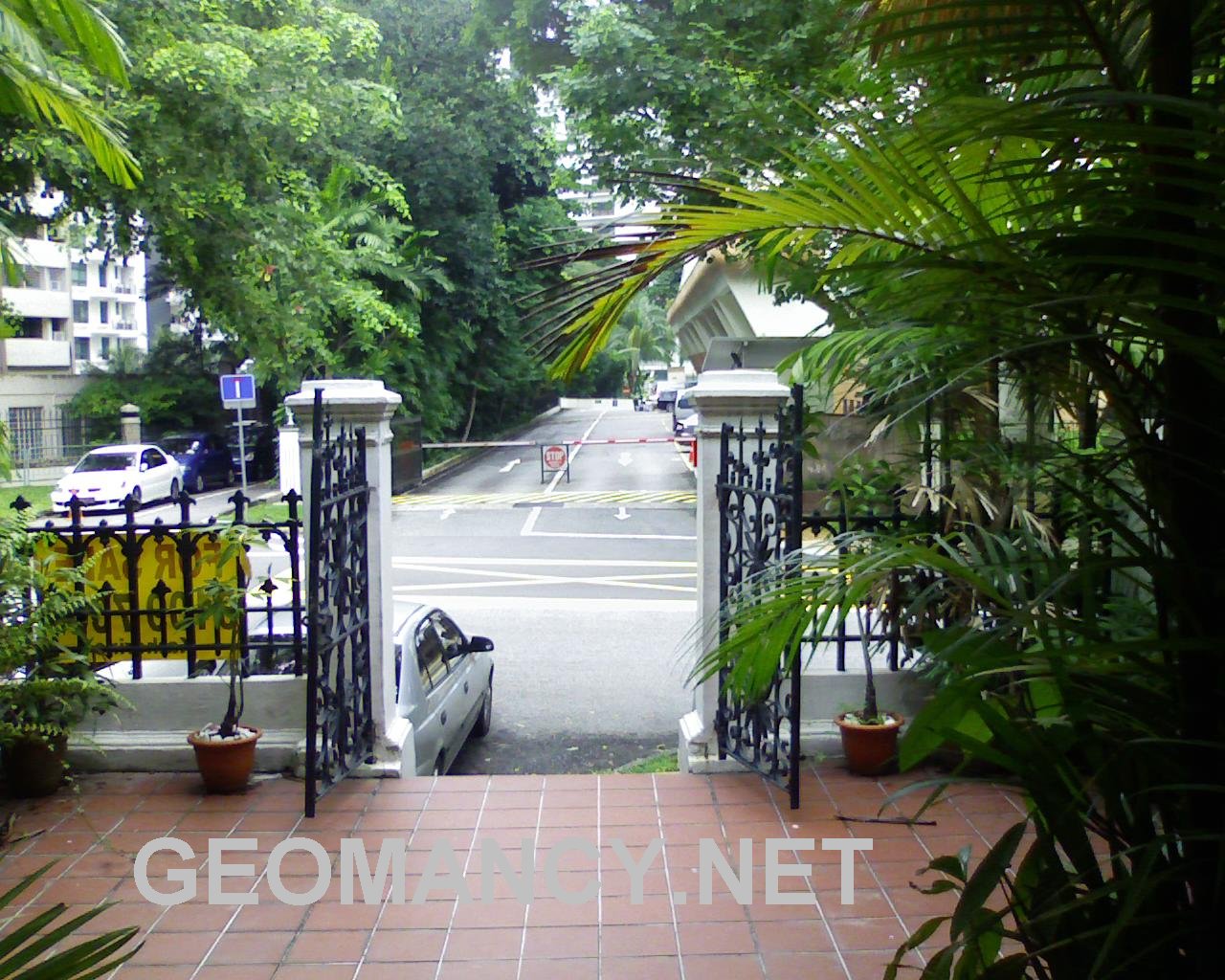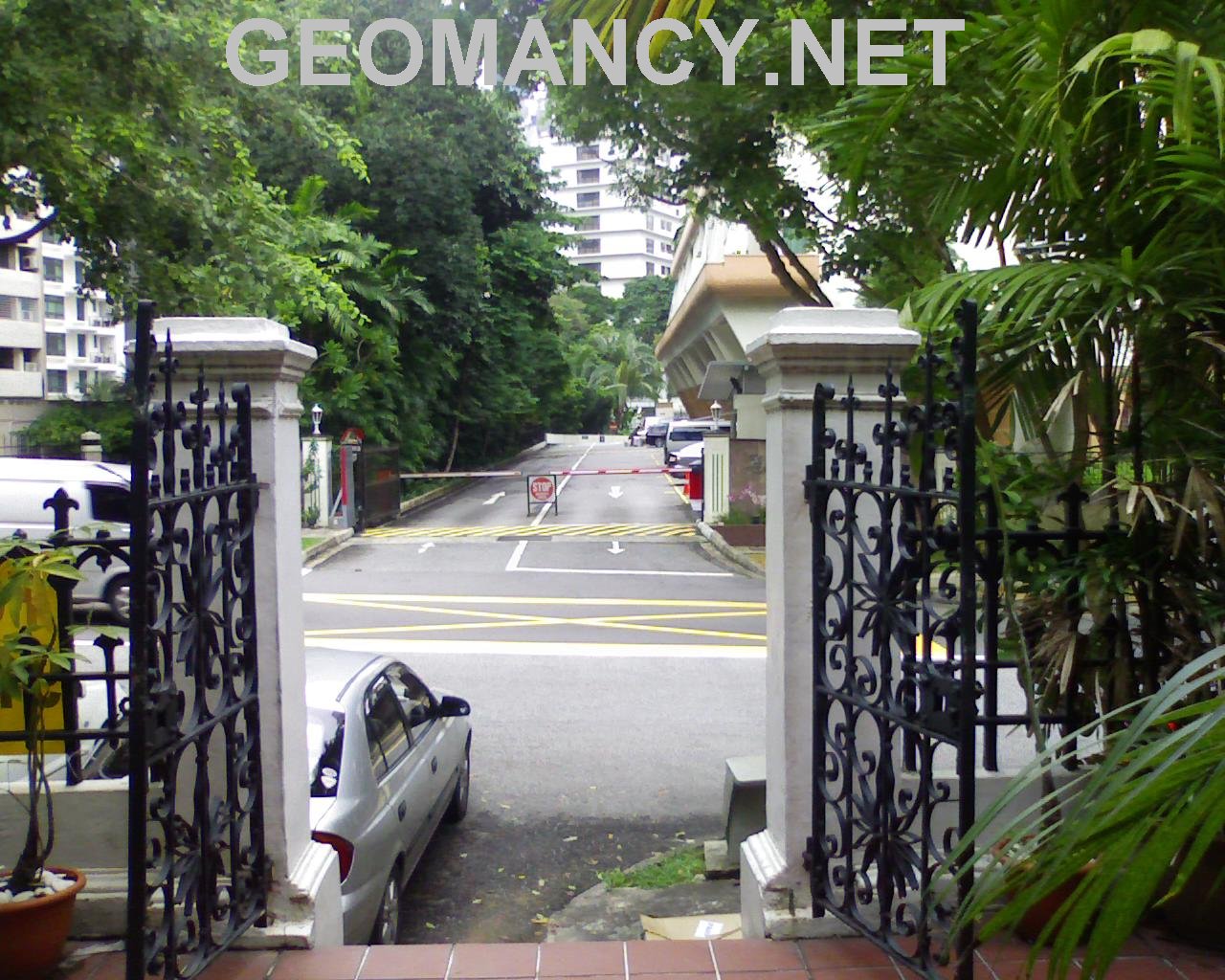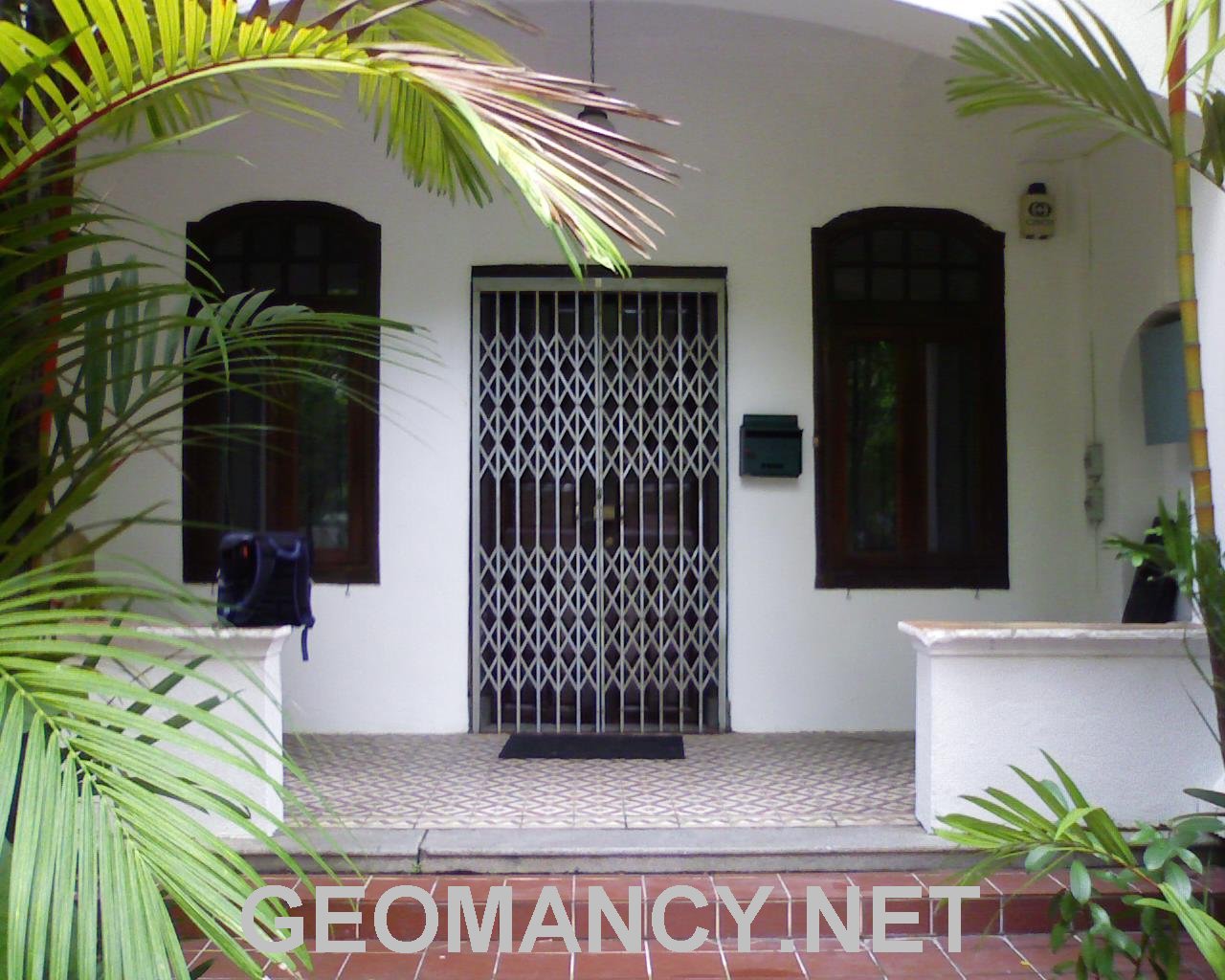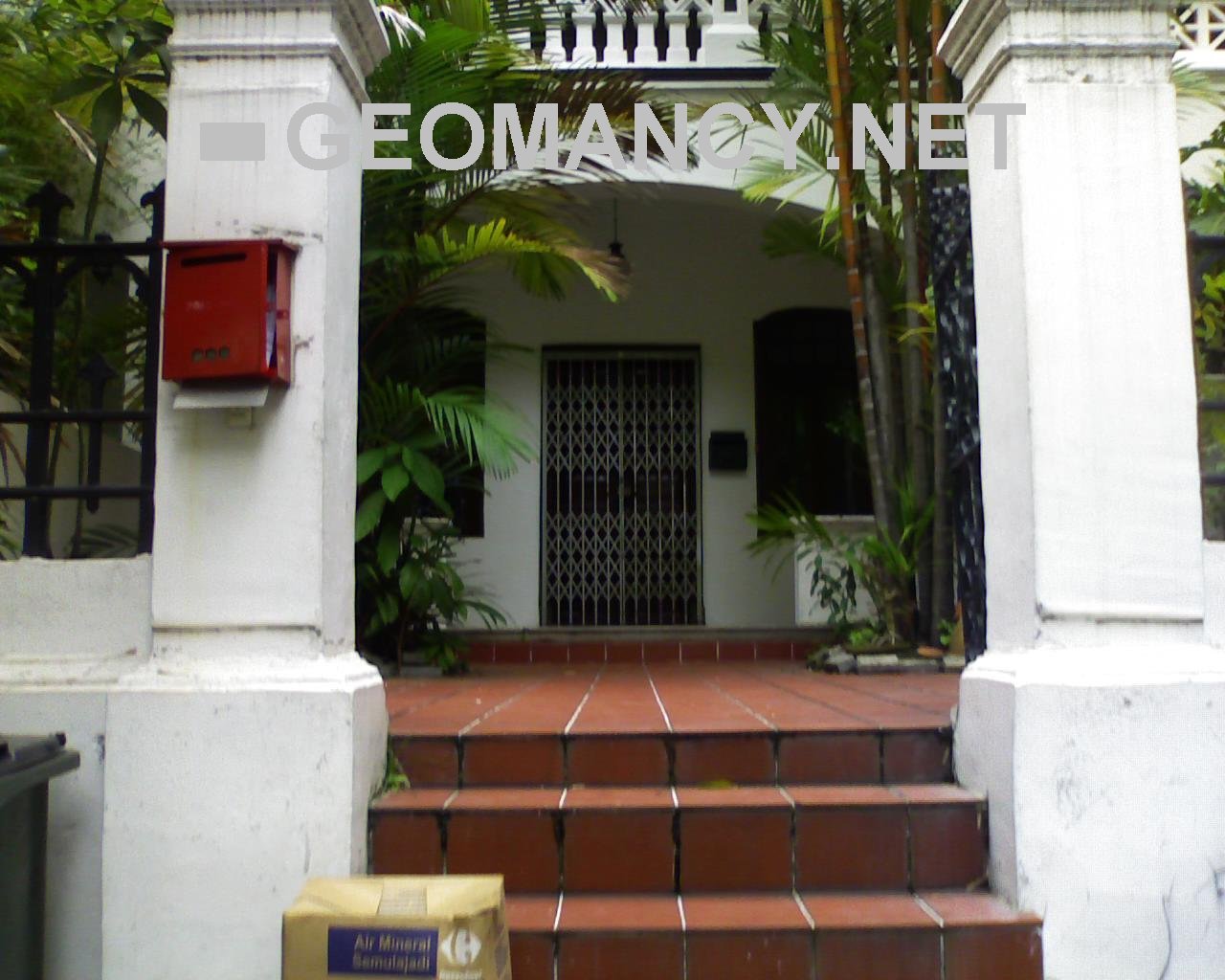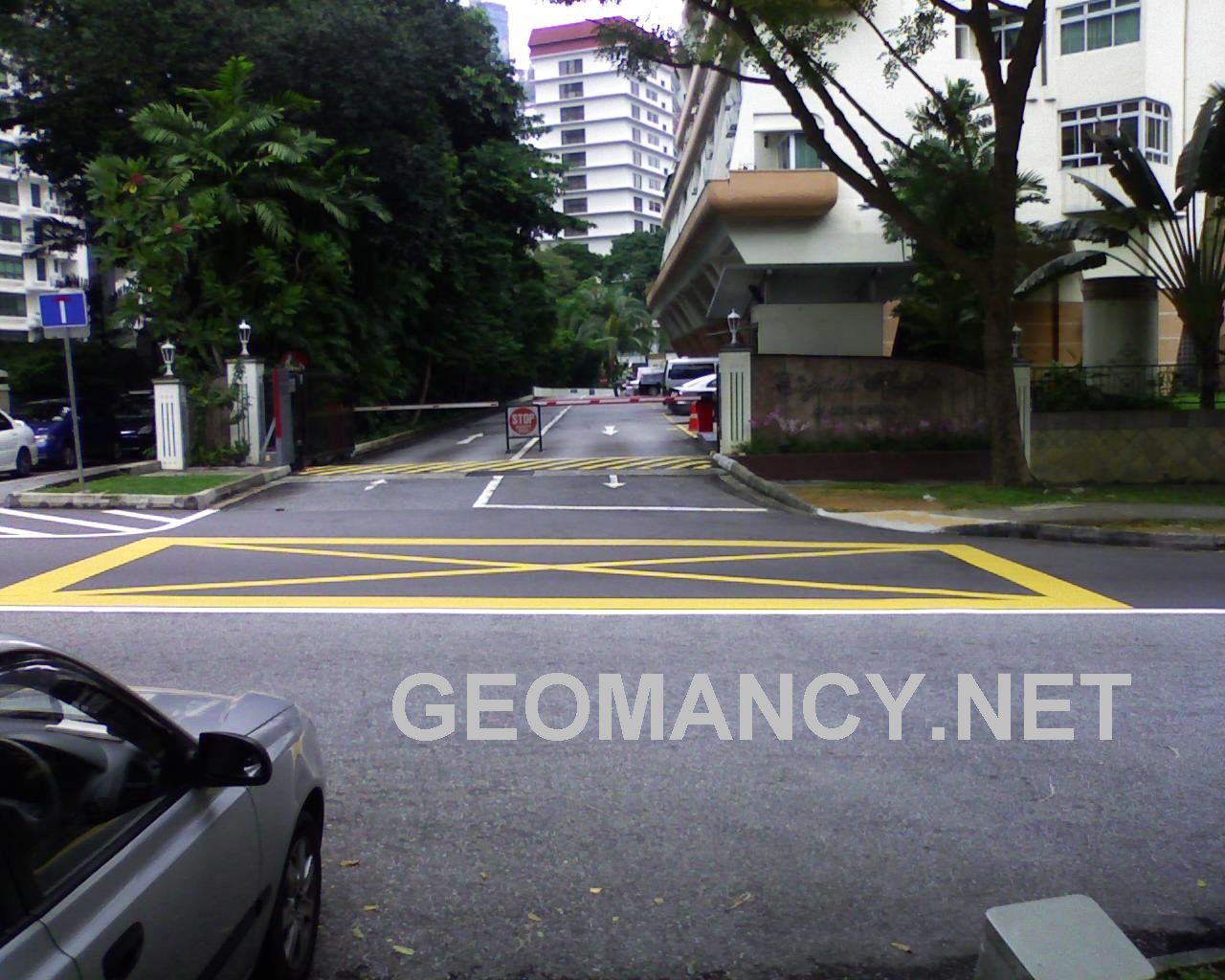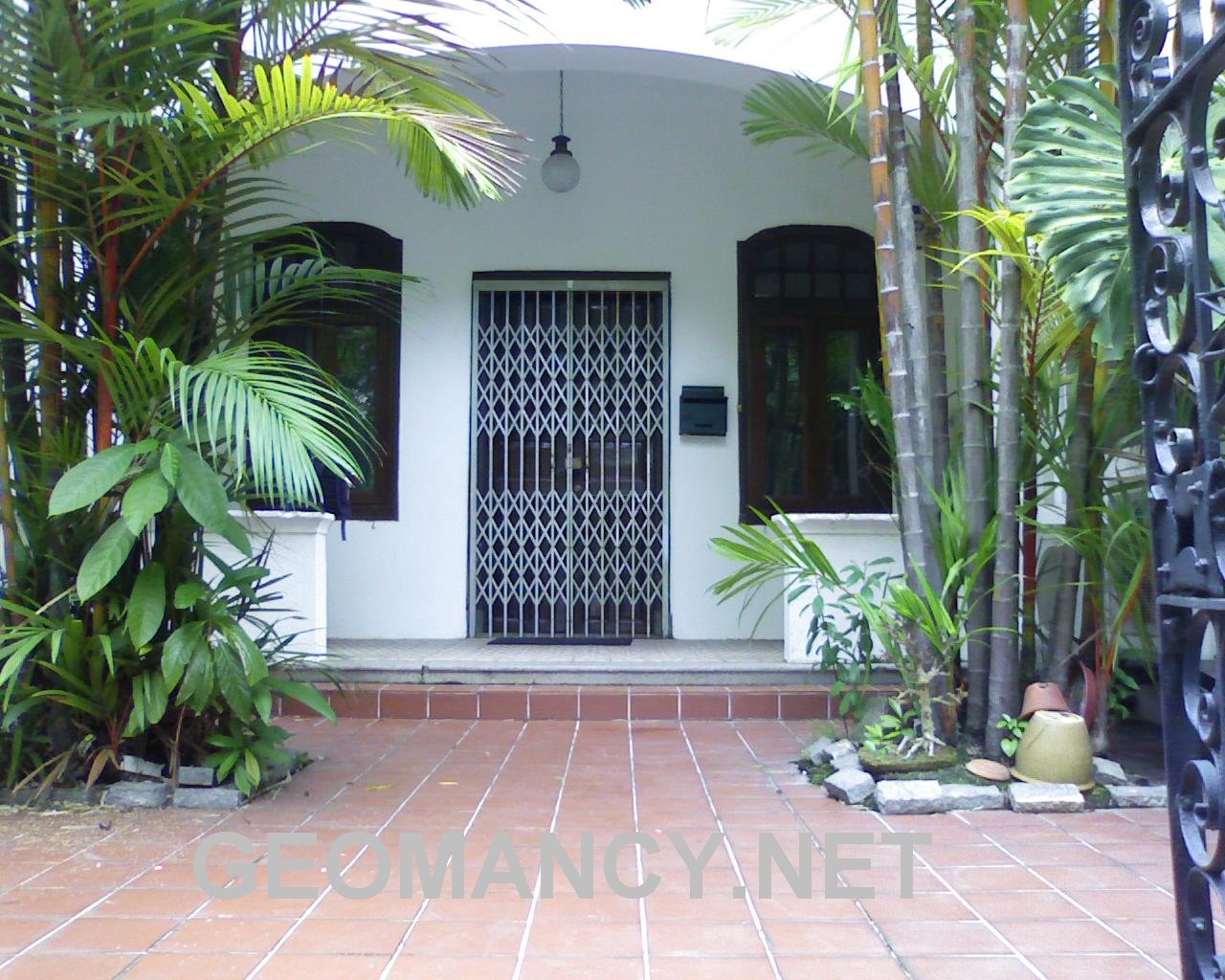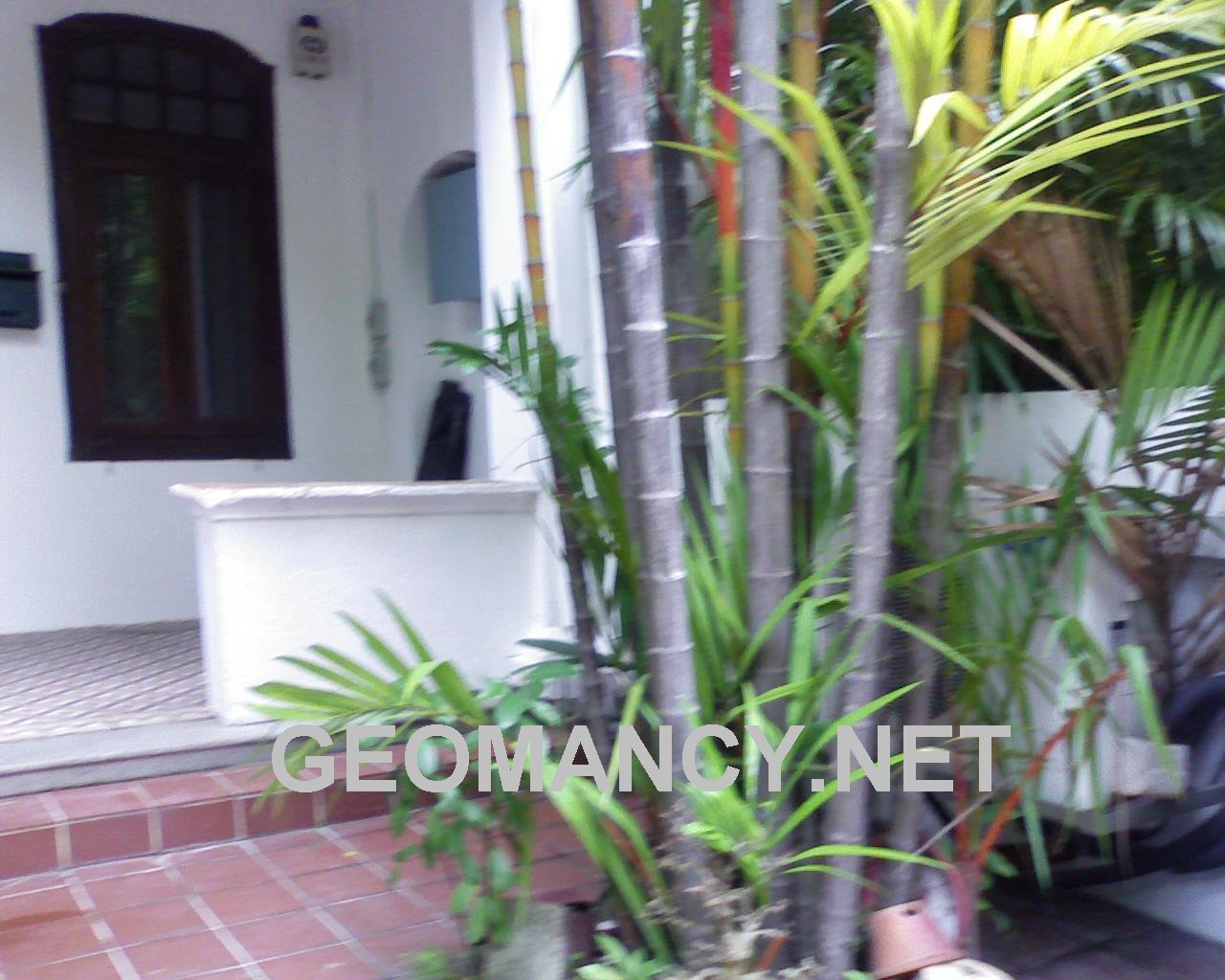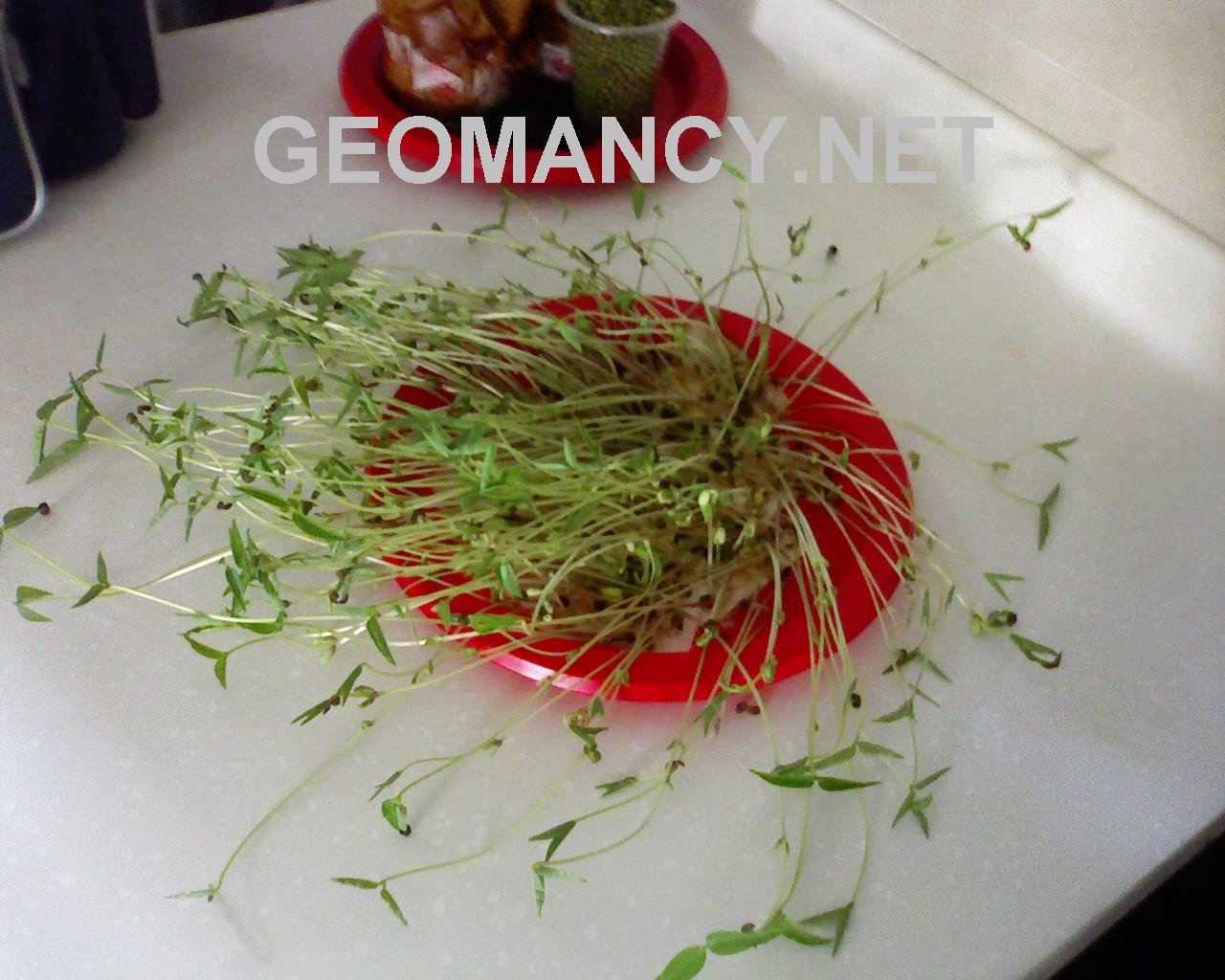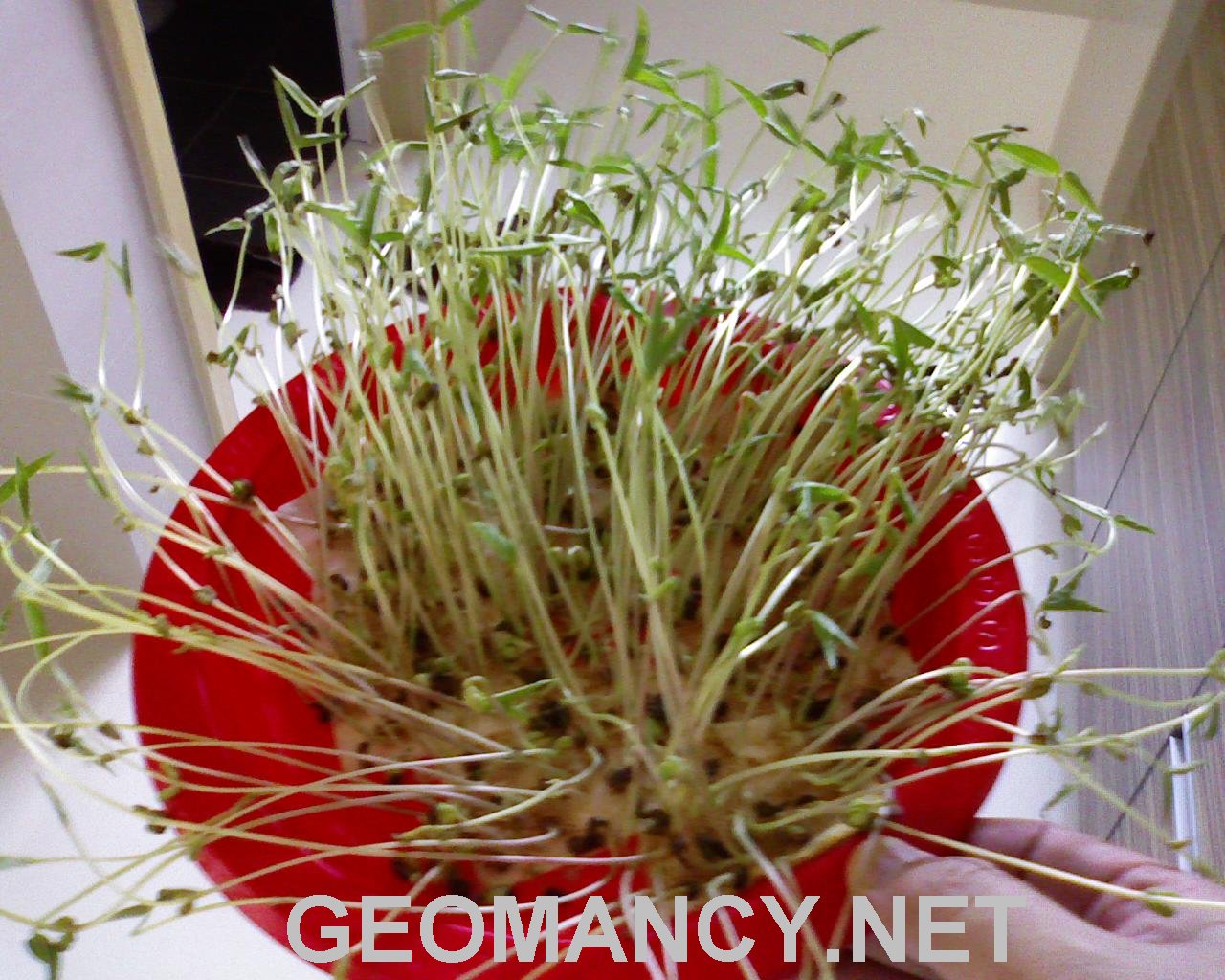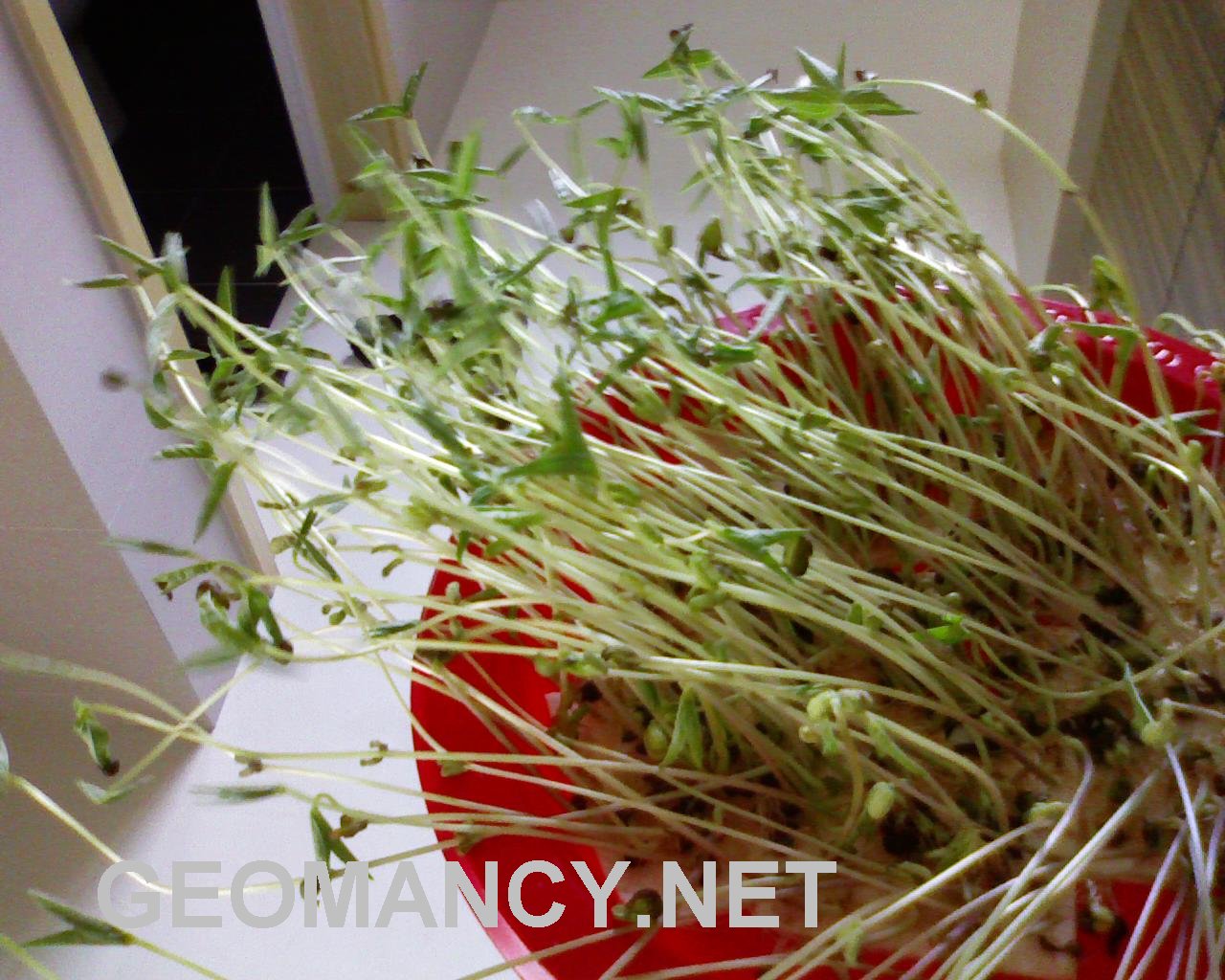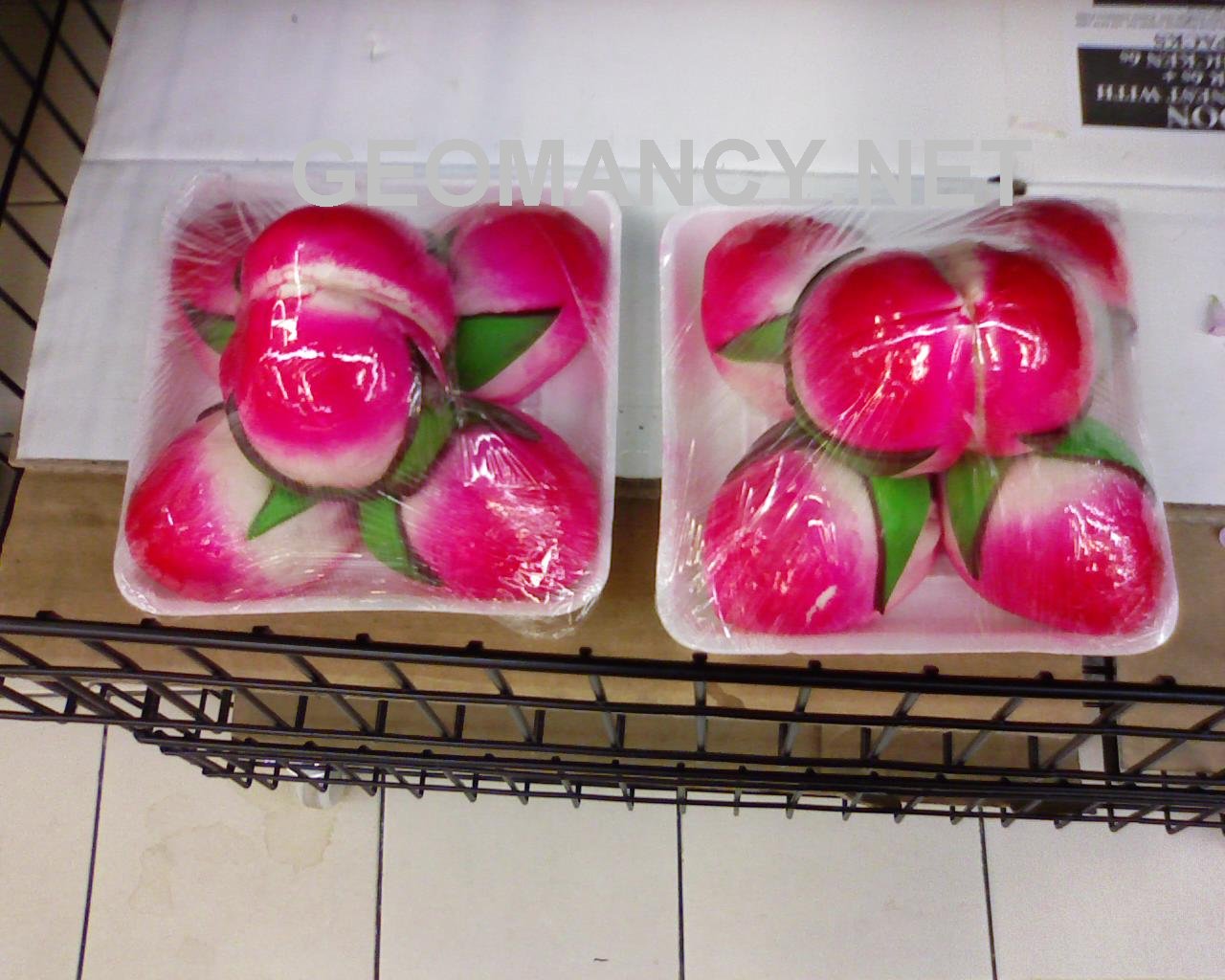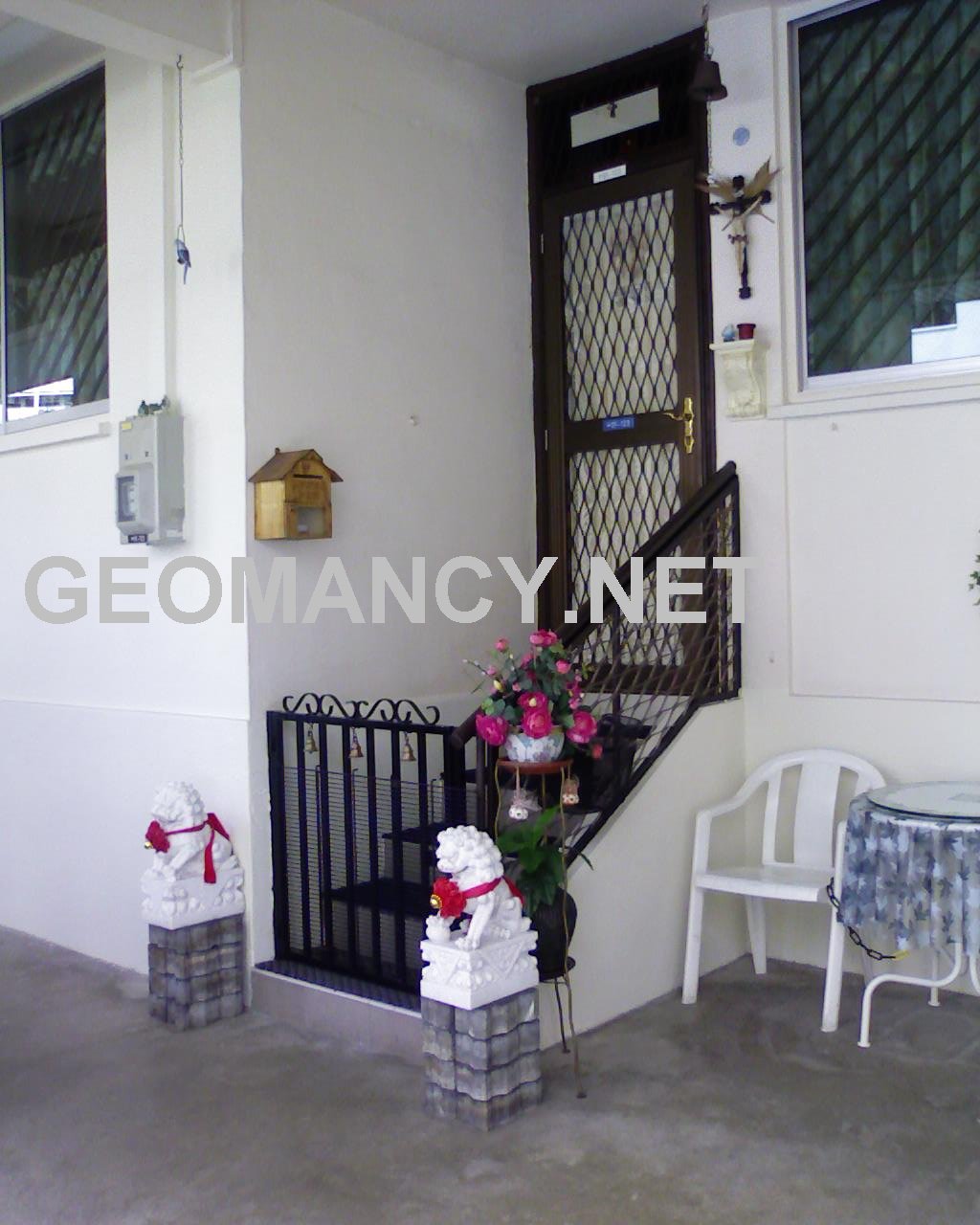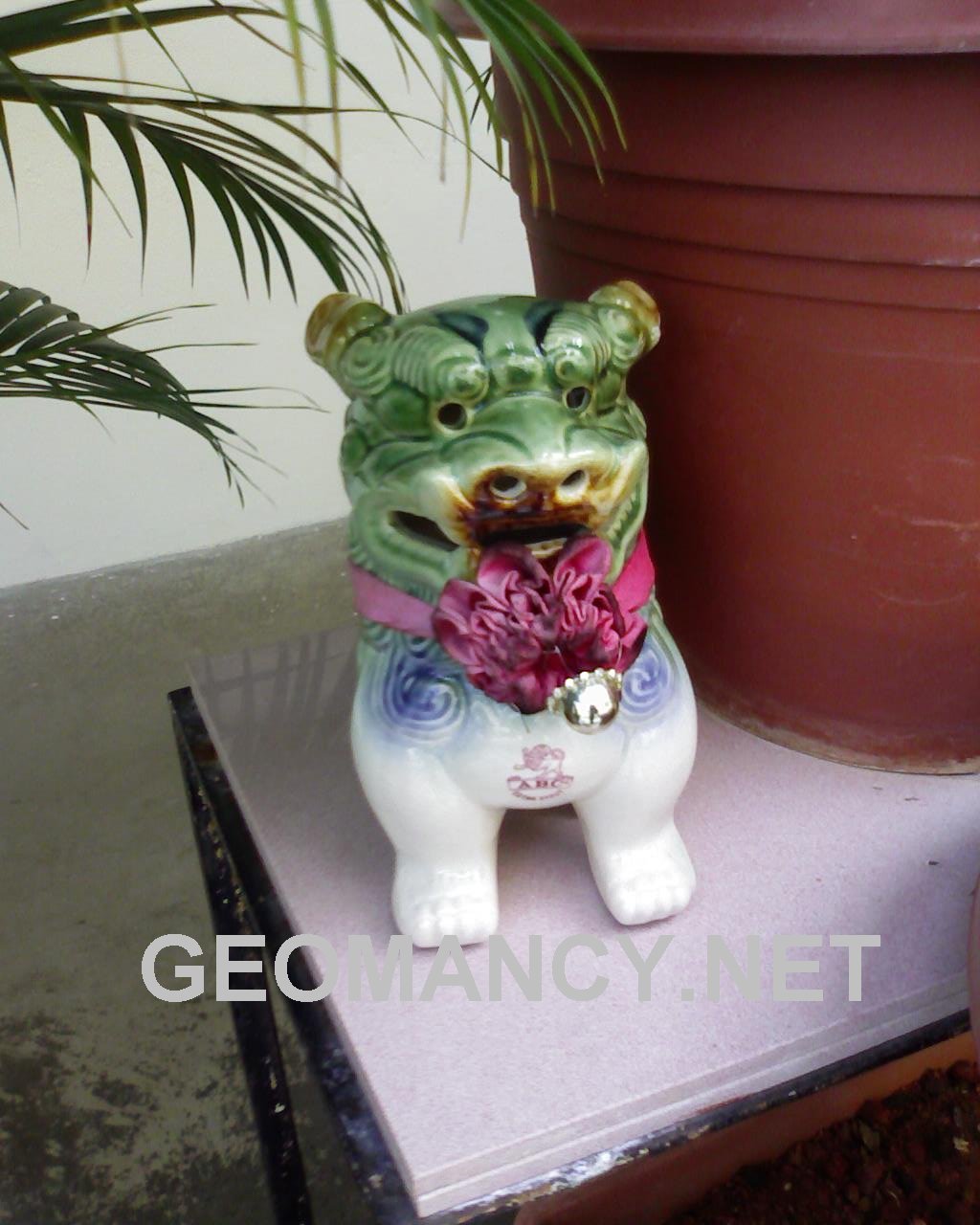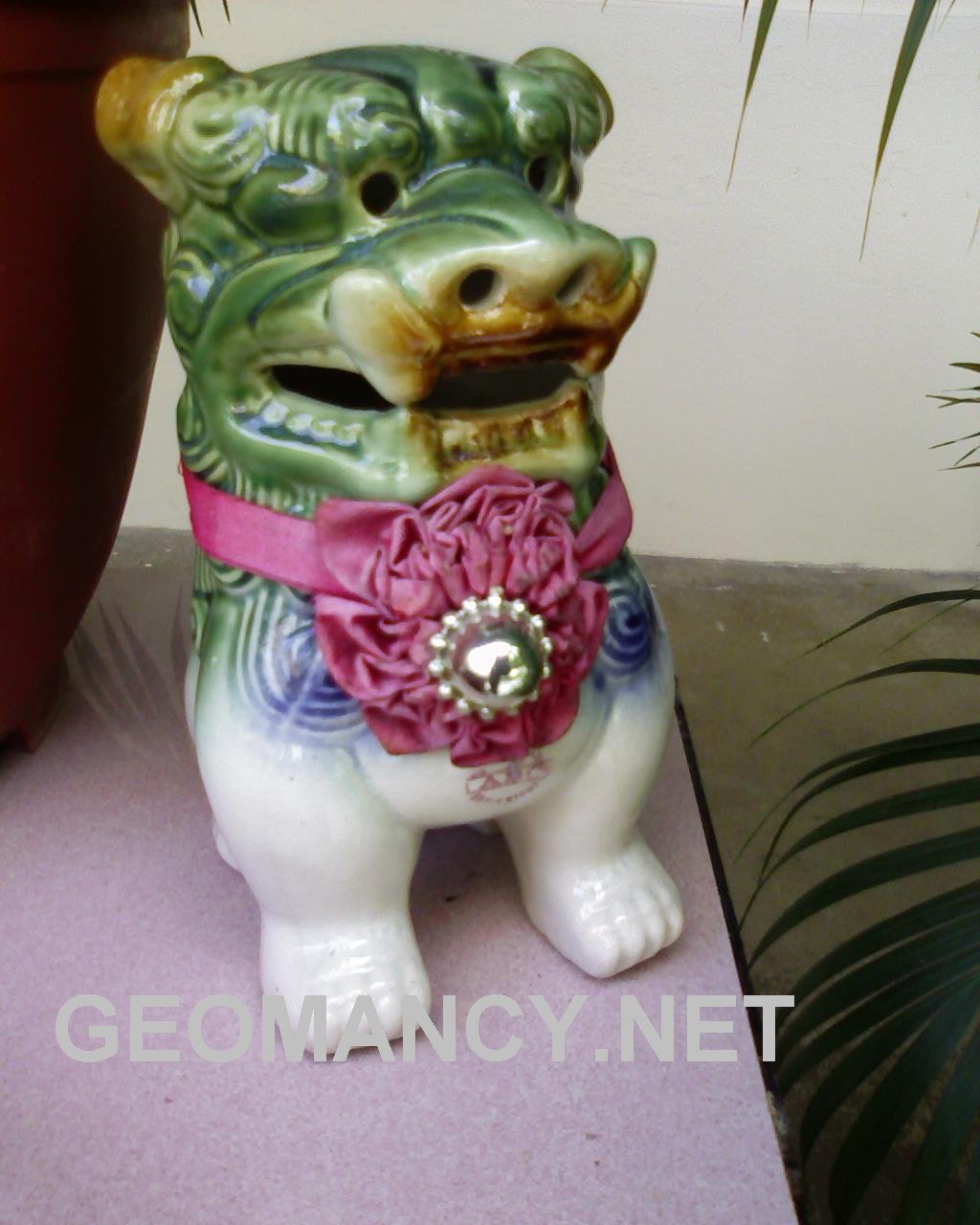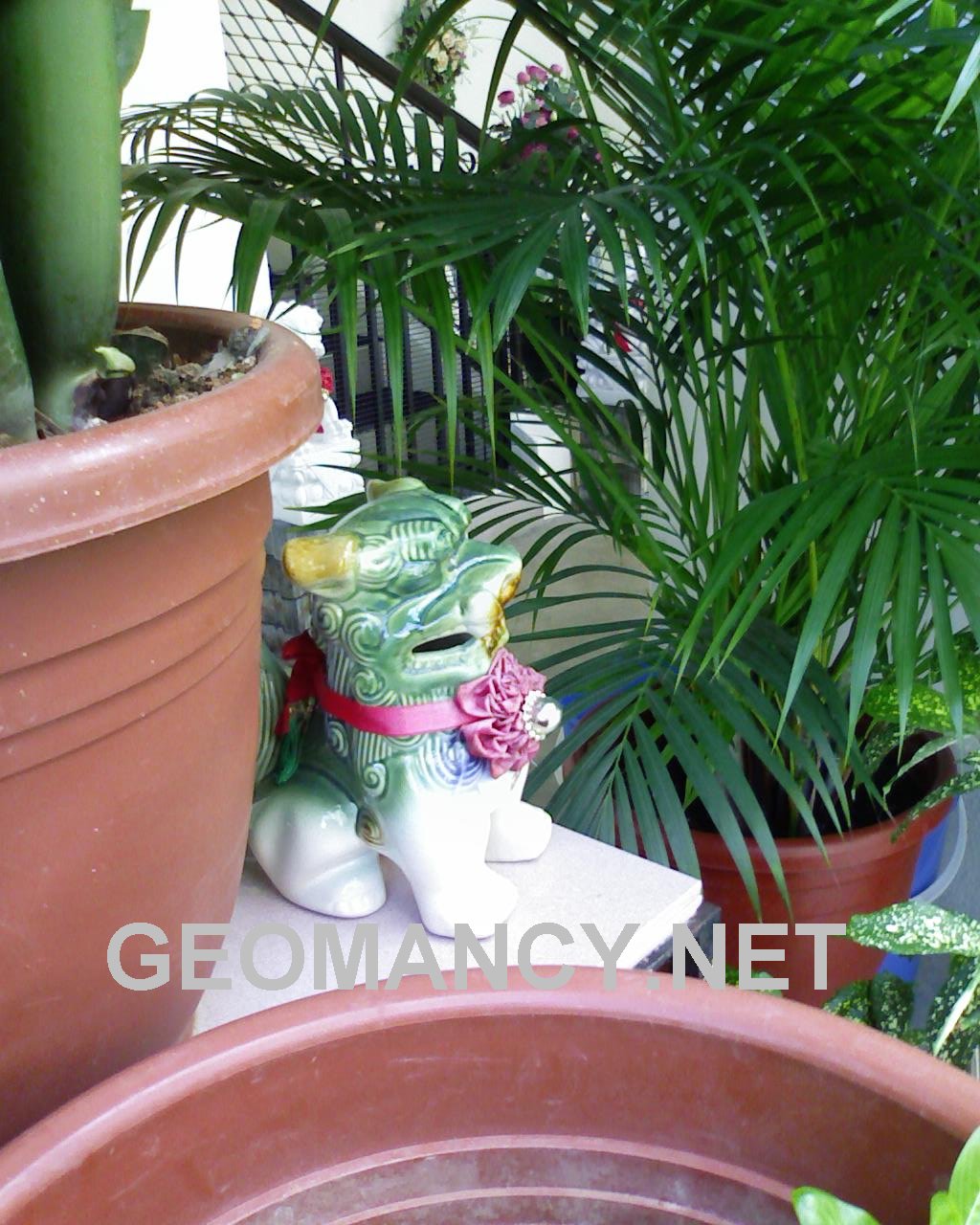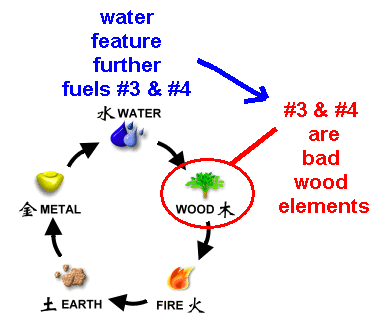-
Posts
38226 -
Joined
-
Last visited
-
Days Won
139
Content Type
Profiles
Forums
Blogs
Events
Gallery
Store
Articles
Everything posted by Cecil Lee
-
These are some of the considerations:- 1. Egronomics is all about the user and his/herinteraction with the work place. 2. Who cares if people tell you that books are like knifes! I always remind my clients that when you were studying;we always place our books or semister's booksand even some toys or dollsclose or withinstudying (or even working) distance! 3. Just imagine; is'nt it a joke, if within our work area, we have to constantly open abookshelf doorfor commonly used books or items. 4. For books or items that we don't frequently use, then we may haveshelves with doors and often higher up where we don't need to reach them often! You wrote in italics, below:- 2) Is it ok to have a lcd monitor rack / shelf (to make monitor higher) near the front of desk? (mini rack with 4 legs and wooden board, about 10cm tall, 80cm length, 20cm depth) 3) Can a noticeboard / metal board with magnets be placed in front of the desk on the wall? (my desk front is leaning against the wall) 4) Is a desk with a pullout keyboard tray ok? A. Are you serious? You shouldn't be consulting a geomancer on any of the above! B. But rather, maybe perhaps, you may consider seeing a psychiatrist. C. Feng Shui or even the Feng Shui ruler does not really need a rocket scientist! D. For example, what has a pullout keyboard tray to do with Fung Sway or Suay? Or whatever? E. Frankly, no offence, please spent more time concentrating on your studies or work than to toy with such looney ideas. F. I sincerely hope that Feng Shui which has somehow being distorted to fung sway or suay... has not gone to the level of the dogs...
-
I reproduce my comments, below:- === START === These are some considerations:- 1. You stay there, I (geomancer) don't! 1.1. Thus it would be very irresponsible for me to give you a one line advice! And you may have to live with such a consequence. 2. Just imagine a bomb. Even a bomb or a grenade when it detonates; has a critical radius. Thus, don't just think that just because the centre of gravity is only a pin prick, it is only at that dot. 3. Just look at the illustration b, I provided. The area is at least larger than the red circle I drawn around the "pin prick" centre of gravity. 4. Thus, what makes one think that by say shrinking the toilet (a little) one's worry is totally erased. 5. As mentioned, many times; toilet at the centrepoint is considered as one leak. And in your case, not that bad given that it is not the wc (toilet bowl). 6. Usually if there are problems; problems occur when a home has three or more MAJOR leaks. === END === Please re-read, above. Where did I ever mention any terms like MINOR or MAJOR leaks other than the last statement under Para 6? Under Para5, I just mentioned that it is just one leak.And I did not mentionthat it is a minor or major leak.Please note that it can still be a major leak even if the toilet bowl is not at the "pin prick" area. Furthermore,in the last illustration, I did show that the centre-grid or square is pretty large and again not just a "pin prick". In addition, please re-read Para 2, above. I hope it is not a case of HOPE and Denial type of situation. "Oh he says no major leak - and Iam very happy with this statement."BUT show me, wheredid I ever say it is firstly not a MAJOR leak....???
-
Do take note that it is not just about the centerpoint (centrepoint) or the center-of-gravity. Please see attachment: and where is the area occupied by the CENTER SQUARE or GRID.
-
These are some considerations:- 1. You stay there, I (geomancer) don't! 1.1. Thus it would be very irresponsible for me to give you a one line advice! And you may have to live with such a consequence. 2. Just imagine a bomb. Even a bomb or a grenade when it detonates; has a critical radius. Thus, don't just think that just because the centre of gravity is only a pin prick, it is only at that dot. 3. Just look at the illustration b, I provided. The area is at least larger than the red circle I drawn around the "pin prick" centre of gravity. 4. Thus, what makes one think that by say shrinking the toilet (a little) one's worry is totally erased. 5. As mentioned, many times; toilet at the centrepoint is considered as one leak. And in your case, not that bad given that it is not the wc (toilet bowl). 6. Usually if there are problems; problems occur when a home has three or more MAJOR leaks.
-
These are futher illustrations:- 1. Frankly, even between your layout a and b; the center-point is pretty close to each other. Only thing is that under layout plan a, it falls within the toilet area (long bath) 2. Under the so called: center-of-gravity method: 2.1. The usual suggestion is to copy a layout plan. Paste it on a cardboard and cut-out the outline of the interior "living" space. And balance this onto a nail or in. 2.2. Under the eye-ball method, please see attachment: ILLUSTRATION B; so long as the missing area (IN YELLOW) is roughly equal to the area of theextra spacewhich I called protrusion (not exactly a protrusion, here)ifcan refer to the attachment in GREEN.Using eye-ball method this green area is roughly the area of the yellow missing area.
-
Since within the living area, there is an open courtyard = lanai If academically speaking, this missing area should be considered against the courtyard. Then based on the concept of center of gravity; layout A closely match this concept: where roughly the missing corner matches the additional space or the additional non living space or protusion area may be reduced slightly where the area of the lanai (courtyard) equals the other protrusion. Currently i am only eyeballing it only.
-
Again, one of the layouts, layout B is not displayed properly.
-
I am not recommending this layout (see attachment). But in Singapore; please refer to bedroom 3 toilet door area; some owners have slanted the toilet entrance at 45 degrees. And installed a bi-fold door. Personally, this is acceptable, but I don't really like it.
-
It is best to you split it into two files that of layout A and another for B. As currently, it cannot be shown.
-
In my opinion, the lesser of the two evils is to remain i.e. which is to face the bedroom door.
-
SOURCE & CREDIT: THE STRAITS TIMES, SINGAPORE: FEBRUARY 5, 2005 FICTION: Hanging prosperity (FU) banners upside down. 1. In the Han dynasty (206BC to AD25), people sent New Year cards or posters to friends or relatives with calligraphy greetings like fu, which means prosperity. 2. If the recipient was not at home, the messenger would paste the card or poster upside down on the door, to signal that prosperity had arrived at the household. 3. This was a clever pun because dao, the Chinese word for "upside down", sounded like the Chinese word for "arrived". 4. Today, the practice of hanging fu banners upside down harks from Taiwan, where it is widespread. But it's not strictly accurate. 5. In ancient China, the receipient usually removed the upside-down greeting and hung it right side up indoors. That symbolised that he had accepted the arrival of prosperity.
-
Yes! We are BRITISH! And not Chinese! So why are you still hanging the PROSPERITY sign upside down? COPY CAT!
-

Associations of colors under the 5 Elements.
Cecil Lee posted a topic in Feng Shui Tips & Guidelines
1. This reference chart proves to be a valuable tool in distinguishing the colors associated with each of the Five elements. 2. Additional factors must be taken into account: A. YELLOW COLOUR 2.1. Yellow can be classified as either the Metal (Gold) or Earth element at times. 2.2. The Earth element is mainly linked with the color yellow. Pay attention to the texture of the material. For instance, if the finish is matte, especially in curtains, then it can be categorized as yellow. 2.3. Nevertheless, if the material is shiny or contains "shiny" gold or gold-like threads, then it may be associated with the Metal (Gold) element instead. B. BROWN COLOUR 3. In most cases, when dealing with wood materials like wooden furniture, brown is typically associated with the wood element. 3.1. This set can also be identified as the Wood element, wood, wooden tone, or brown based on this classification. 3.2. The shade of brown can range from pine, maple, cherry, teak, oak, walnut, to even ebony wood. 3.3. However, in instances where the material is not wood but actual soil, certain Geomancers link the color brown to the earth element, which is a valid connection. C. VIOLET COLOUR 4. The color violet is sometimes confused with blue, so it is important to ensure one is not color blind. Always check the title on the paint can for the paint or Pantone description. ADDITIONAL REFERENCE: http://talk.geomancy.net -
1. There is no precedence in the past with regards to the dimensions of a namecard. However, you can check out this past forum message:- http://forum.geomancy.net/phpforum/article.php?bid=2&fid=12&mid=19753&new= 2. Under this url link, you can determine your element and strength; after checking out your best or favourable elements; use the information to design a logo suitable to yourself plus the colours. http://talk.geomancy.net 3. For a horseshoe design, it is much harder to figure out which element it belongs: just by looking at it's shape. However, since it follows a curve (but not wavy) then the closest resemblance is in my opinion to the metal element (circular).
-
Appreciate if you want to post information, be a little more detailed. Do you know that I just stared at the paper. And wondering where is your plot. Perhaps it could be the darker outline. or the other two plots on the left or the right .......
-
These are some of the considerations:- 1. The 20 year flying star for that sector is not too bad! You have an excellent strong metal element: water star #6 plus an additional bonus for the lesser base star: an acceptable #4 wood element. Both the #6 and #4 can be a neutralising effect on #2 and even #5. 2. The other good thing is that if this is a room (not a sitting or activity room); another consideration is to try to "lock" up the bad stars - (if this is practical then do it). 3. Anyway, one has to understand the key issues:- 3.1. MAJOR DISTURBANCE or RENOVATIONS 3.1.1 Just simply avoid para 3.1. is one the best ways to avoid issues or concerns FULL STOP. Hello Master Lee,My home is a Period 6 house W3 facing and E3 sitting. My East room has the 2mountain, 6water, 4base stars.So for next year, my East room will also have the #5 misfortune star.How do I neutralize these starts? Since my room already has the #2 mountain star and #5 misforune star? Is it enough to put metal ornaments?Thanks!
-
-
-
-
Yes, the group of pictures you see actually belongs to this single home (HDB apartment) somewhere at Blk 4xx Tampines, Singapore.
-
Further to what I had mentioned, avoid using a water feature at sector(s) with #3 and or #4. Do also check the 20 year flying stars if there are any /and or #3 and/or #4.
-
1. Yes, for many people; who lead normal lives; no major issues should consider "If it ain't broken, don't fix it" sort of thing. 2. In the past, when Feng Shui was not that "sophisticated"; many geomancers would simply use some sort of fixed Feng Shui ideas of: north = career = water element. While south = fire element etc... 3. Today, such considerations, should be considered as Kindergarten type of "Fung Suay" and not Feng Shui. By the way, the term "Suay " in the Chinese Hokkien (Fujian) term for bad luck. 4. This year's flying star chart has the inauspicious bad wood4 at the north.And just imagine, you are adding water to further fuel bad wood 4. In addition, NORTH is considered as the location of conflict. 2010 Flying Star Forecast North 9 4 2 1 8 6 5 3 7 South Take note the following sectors:- Sickness Star this year is at North-East Misfortune/Sickness Star this year is at South-West Disputes/Quarrel Star this year is at South Education/Romance Star this year is at North Grand Duke this year is East-North-East, 60 Degree. - Avoid sitting facing the grand duke or disturbing him by having renovations. Location in Conflict is North. - Avoid having renovations done opposite the location in conflict. 5. For next year, activating a water feature at North is equally bad. As next year, the #3 or disputes and quarrels starisat that location. And just imagine adding water to a plant or tree.One may further fuel it! 2011 Flying Star Forecast North 8 3 1 9 7 5 4 2 6 South Take note the following sectors:- Sickness Star this year is at South Misfortune/Sickness Star this year is at East Disputes/Quarrel Star this year is at North Education/Romance Star this year is at South-West Grand Duke this year is East, 90 Degree. - Avoid sitting facing the grand duke or disturbing him by having renovations. Location in Conflict is West. - Avoid having renovations done opposite the location in conflict. 6. The best thing that you had done is:- * The Customer Engineer Concept You have applied the above term which I had coined The Customer Engineer concept. 7. And yes, remove that darn water feature ASAP!
-
Further to what I had mentioned earlier:- 1. In this real world of today; to make sense; it is best for an individual to focus on the micro-level. 2. There are two levels: macro and micro. 2.1. Macro refers to the industry one is in. 2.2. Micro is about analysing what is one's MAIN or CORE job function one is hired to do. Thus, for a sales executive; the primary job is to close deals or sales = fire element. 3. Otherwise, some wise guy can argue about your job all day, all year long and still cannot come to the conclusion : what element your job is. 4. Anyway, as mentioned in the last message; many perform multi-skilling. And in today's real world, one's element can be more than one e.g. Earth cum metal element career. 5. Again, there is no right or wrong answers. It depends on how one puts forth one's argument to derive the element or elements one is working in.
-
1. Guidelines (reference)to the type of industry and it's association with each of the elements can be found, uner this url:- http://talk.geomancy.net 2. If you are an accountant; and if your main job is specific to this area; then your job specification element should be metal element. 3. Since FMCG encompass quite a large range of industries, frankly, it is fool hardy to just classify FMCG as e.g. food industry only. You may have to check out the url under Para 1 and match e.g. food industry to one of the elements in that url. 4. Frankly, nowadays, jobs involve multi-skilling so often, it can encompass many areas. 5. For example: many generic title known as CEO. Here a CEO can perform:- 5.1 Planning and strategies 5.2 Human Resource management: Hiring / firing / training 5.3 Sales and Marketing 5.4 Operations Management 5.5 Accounting. 6. Since the CEO usually wears so many hats; this is to emphaise that today's job function can comprise so many fields or areas. So how? Throw a dice to determine his element? 7. Look at it this way; walk into a regular home and if one starts counting the colours in a home; usually it covers nearly every primarly colours. So is a job: multi-skilling. 8. In addition: the industry one is in could be what you mentioned one of the fields under the so called FMCG: Fumigate my condo good!
-
As mentioned previously, unlike the pair of lions which have distinctive male and female pairs, fu dogs usually come in only ONE gender: it can be a pair of males; a pair of homosexuals or a pair of gay dogs or simply she-dogs. And this ain't Feng Shui.
Forecast
Free Reports
Useful Handbooks Guides
Feng Shui
- Feng Shui Resources
- Fun with Feng Shui
- Photo & Pictures
- Encylopedia of Feng Shui
- Singapore Property Review
Chinese Horoscope
Palmistry
Feng Shui Consultation
Services
Order & Download Forms
Main Navigation
Search





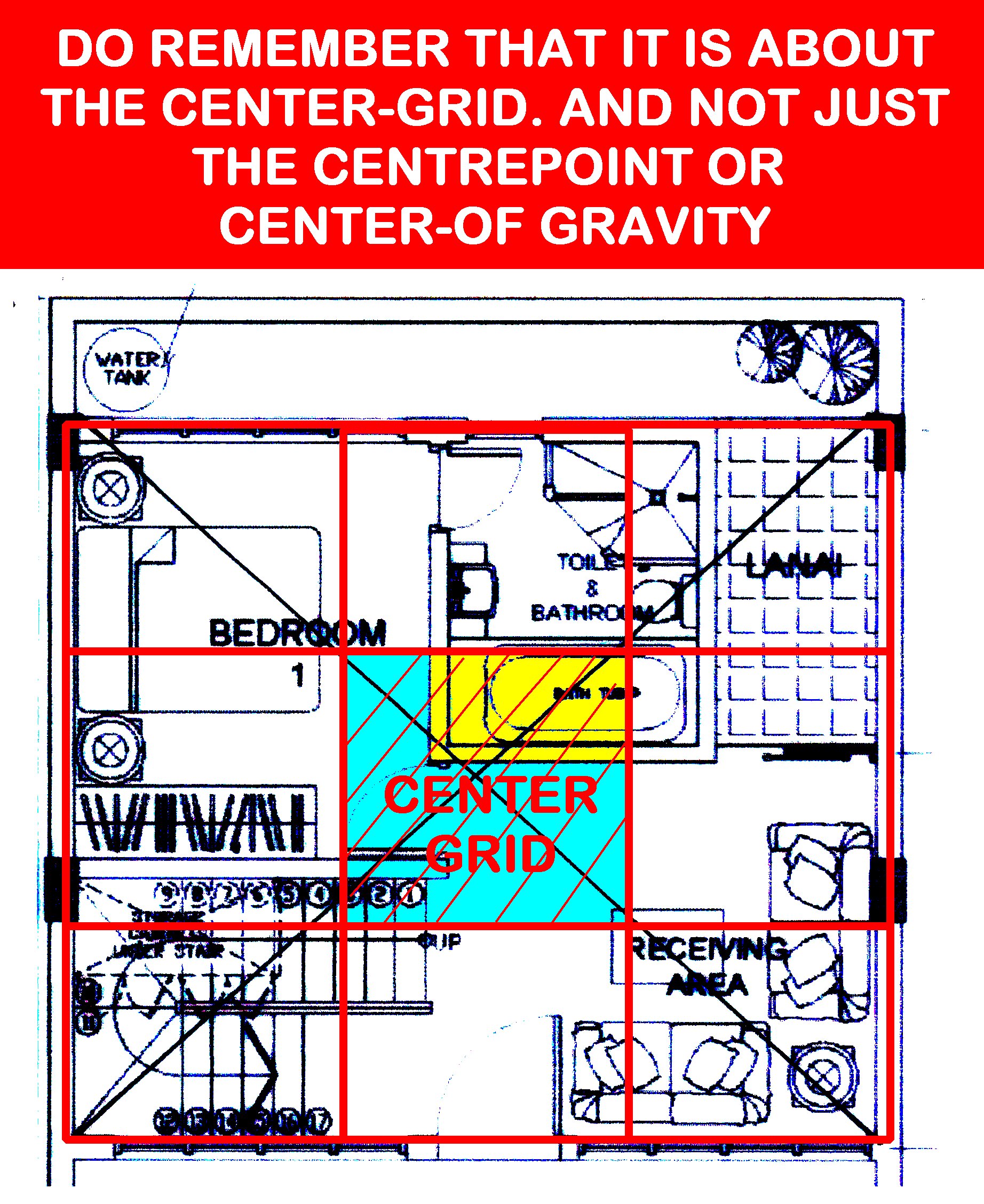
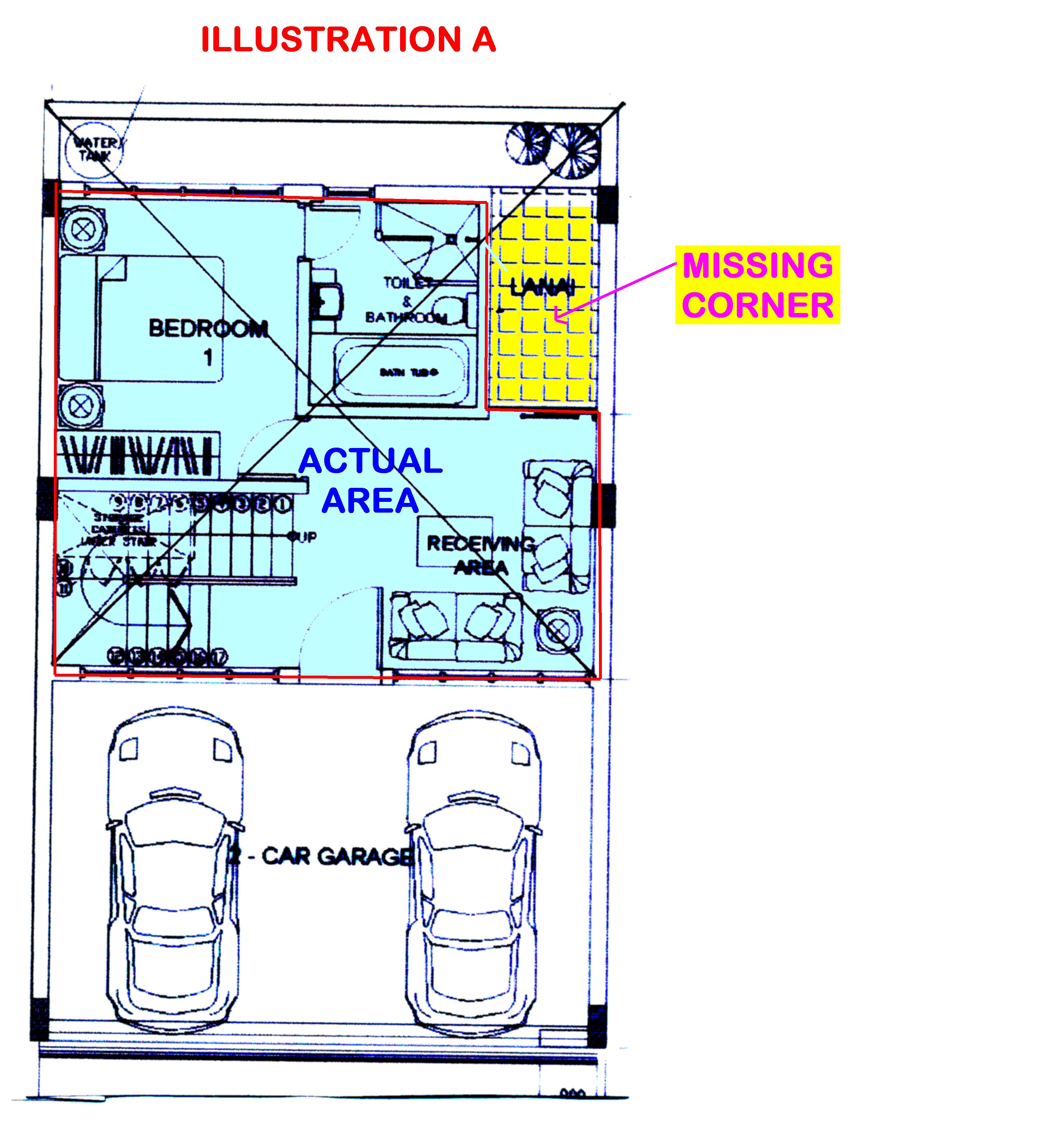
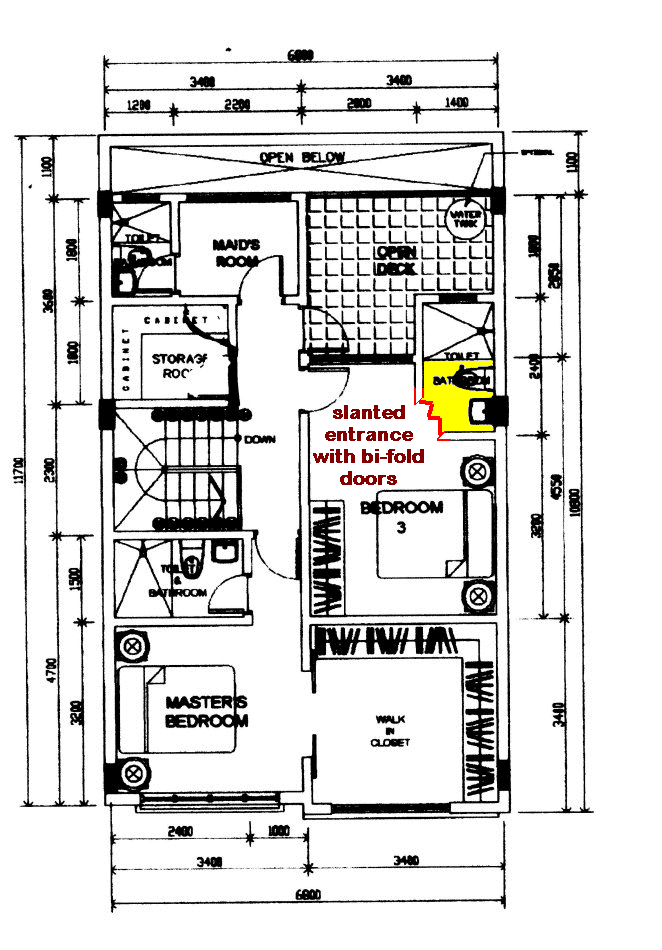
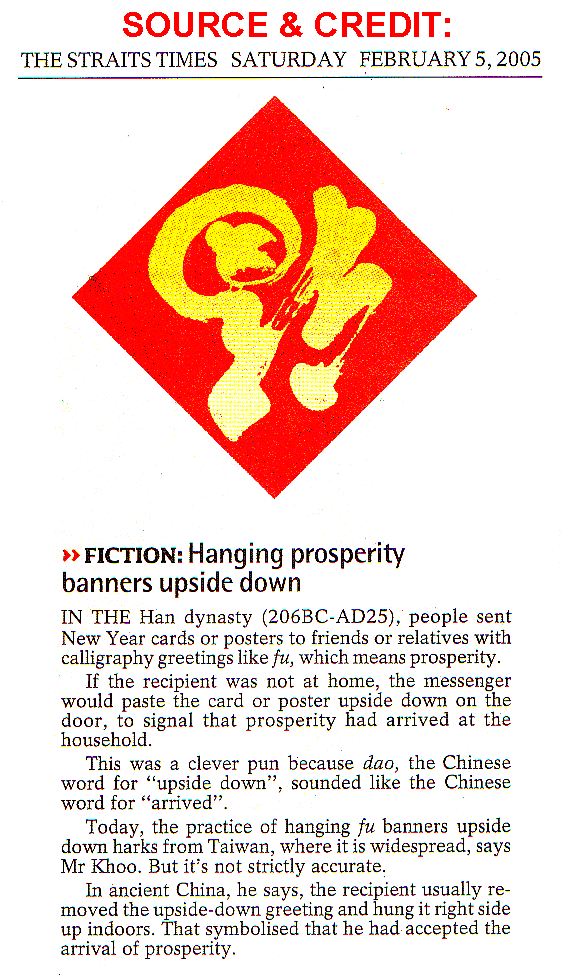
.jpg.60ff429cb0570d083b5be63da08ac160.jpg)

.gif.5bf4e1c9fcf6ecb67c4b3d8b24b5276c.gif)
